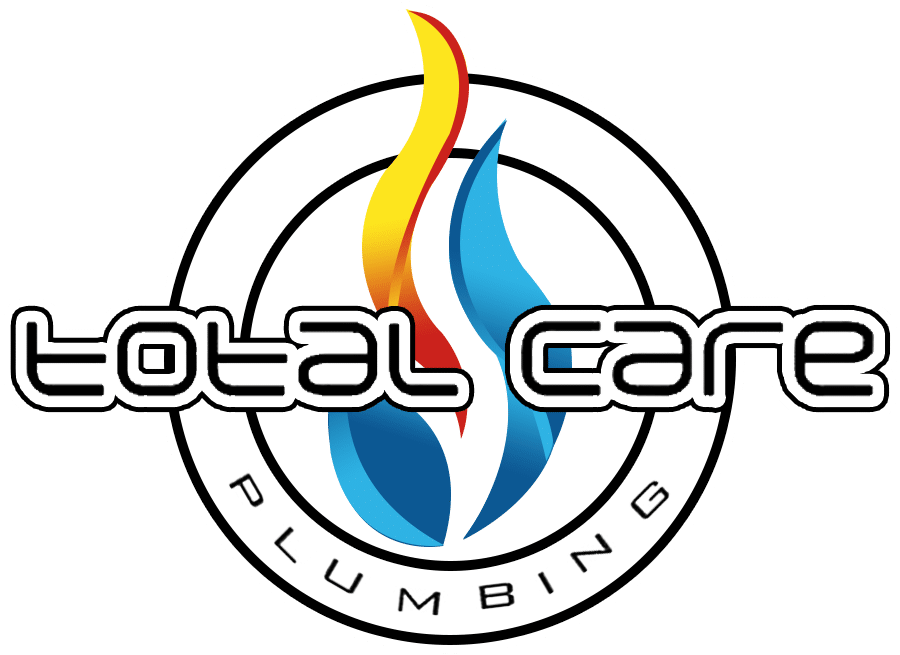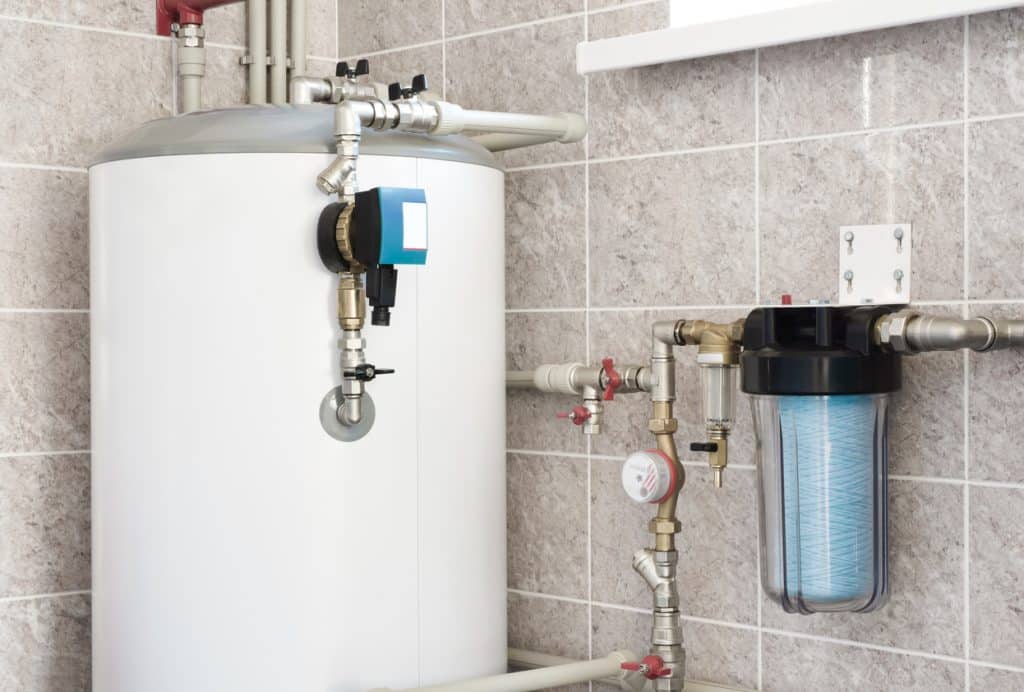Preventative maintenance is done to prevent problems from happening in the future, especially if those problems are unexpected. Maintenance is usually performed on a schedule, and when it comes to your water heater, the fall is the best time to do it. The weather is comfortable to work in, and the maintenance itself keeps the heater from failing in the winter, when hot water is most appreciated. Here are some maintenance tips, but before you begin any of them, make sure that you shut off the power and the cold water line to your tank.
Drain the Tank
In this procedure, you’ll attach a length of garden hose to the tank’s drain cock and drain the tank into a bucket. To get rid of sediment, turn the cold water line back on, and drain the tank until the water runs clear.
Check the Anode Rod
The anode rod attracts sediment and keeps it from collecting in the tank. You can access the rod from the top of the heater by using a socket wrench. If the rod is less than half an inch thick, full of limescale, or corroded down to bare wire, it’s time to buy a new one.
Adjust Temperature
The temperature of your heater should not be above 120 degrees Fahrenheit. Your heater has a temperature dial on one side. Take off the cover, and simply use a square head screwdriver to adjust the temperature.
Insulate the Tank and the Pipes
Even though the tank and the hot water pipe are kept warm due to the hot water inside them, it is still a good idea to insulate them against Grand Forks’ frigid winters. Use foam insulation around the pipes, including the cold water pipe. Insulation protects this pipe from condensation during warm weather. Wrap the heater itself in an insulating blanket. Though you shouldn’t put insulation on the top of a heater powered by oil or gas, you can put a circle of insulation on top of an electric heater.
Check the Temperature Pressure Release Valve
This valve, also known as the TPR valve, frankly keeps your water heater from exploding when the pressure inside it gets too high. The valve is found at the side of the tank or at its top. To test it, put a bucket under its pipe, and then open the valve. Some water should come out. Close the valve, and if water still comes out, buy a new valve.
Call Our Plumbers for More Tips
The licensed, insured, and experienced plumbers of Total Care take pride in their service to the residents of Grand Forks and the surrounding areas. We gladly show our customers ways to take care of their plumbing systems. However, they shouldn’t hesitate to call us if a problem crops up that they can’t solve on their own. We serve residential and commercial customers and provide other services, such as drain cleaning, hydrojetting, irrigation, and pipe replacement. We also help with new constructions and remodeling.
Don’t hesitate to call Total Care Plumbing today.






